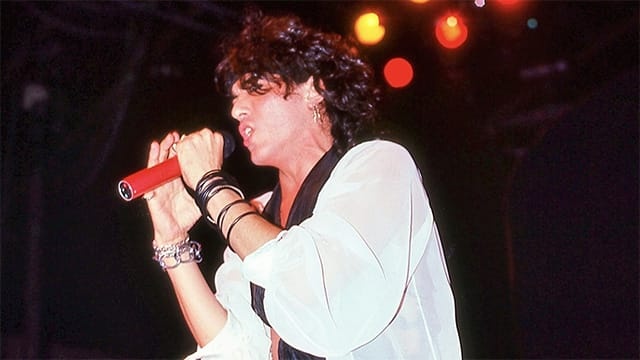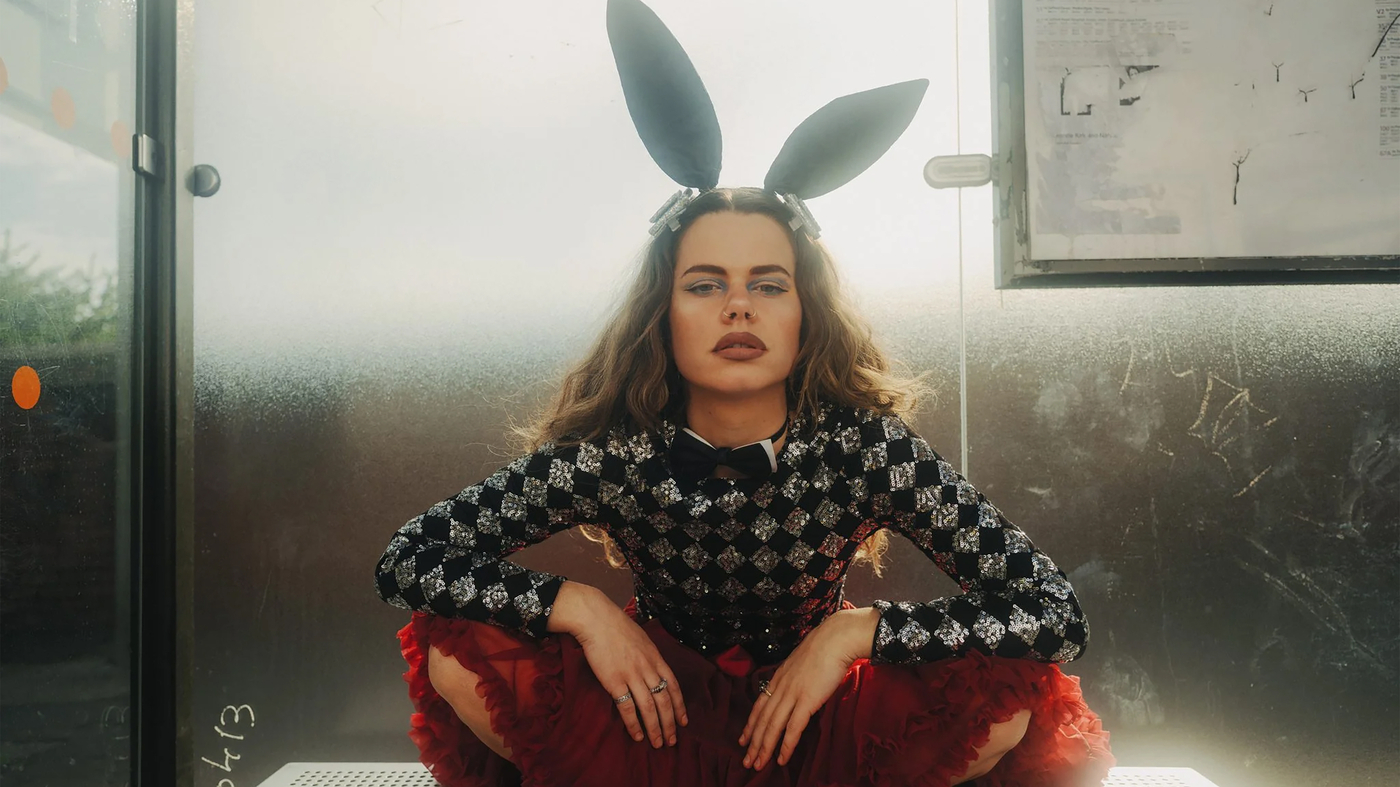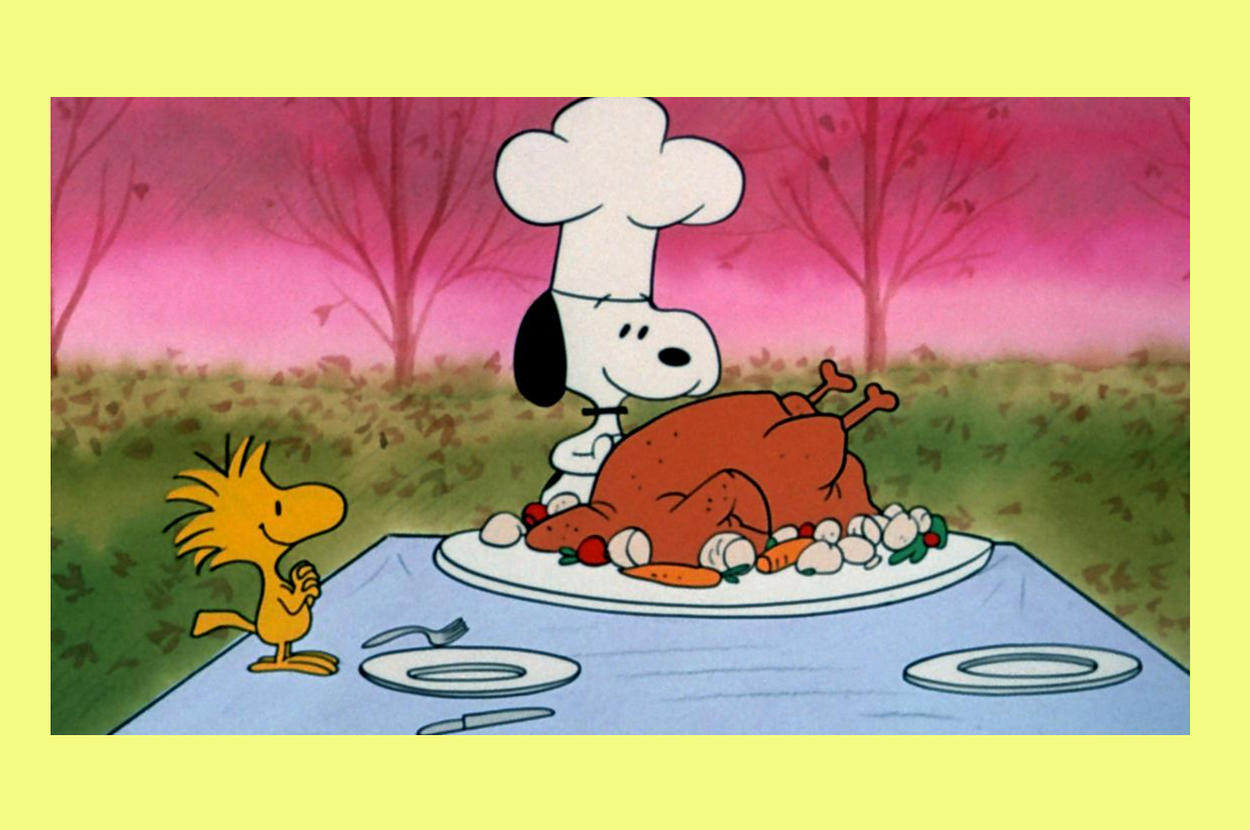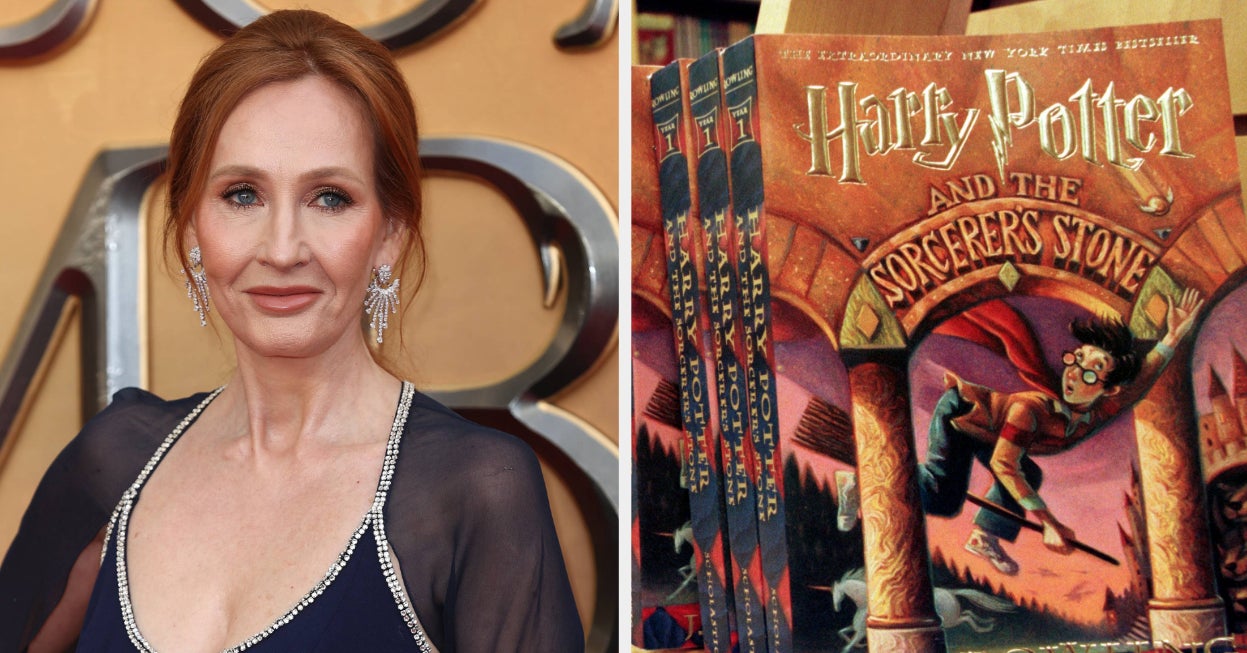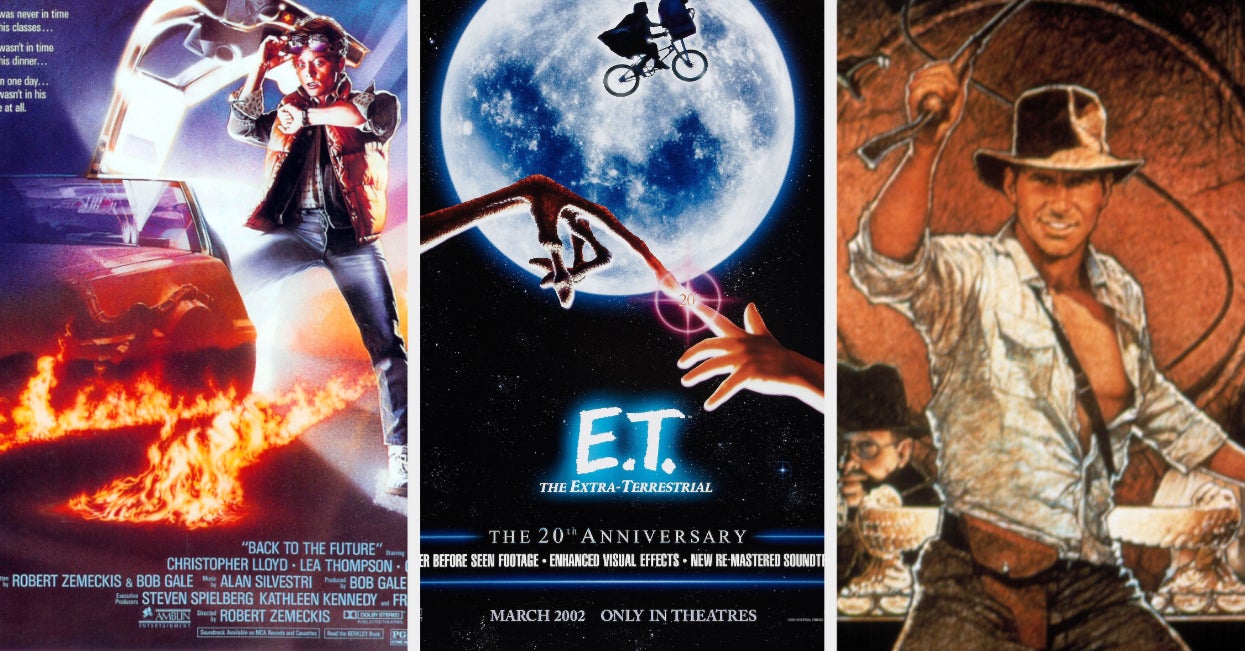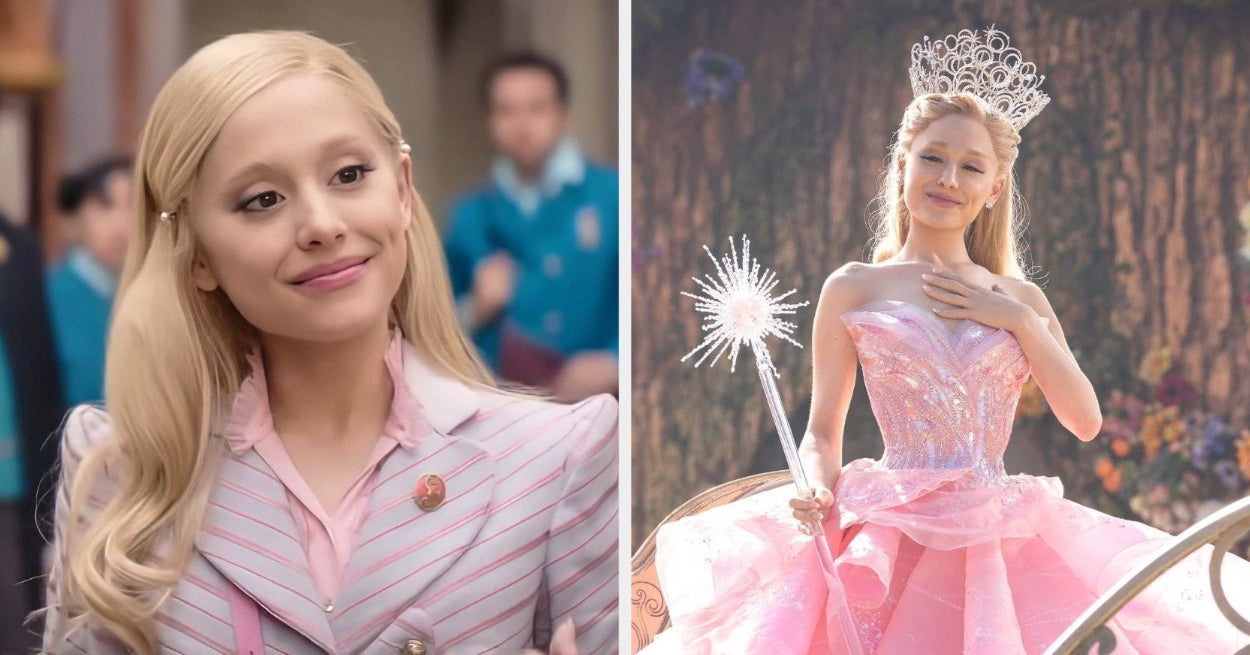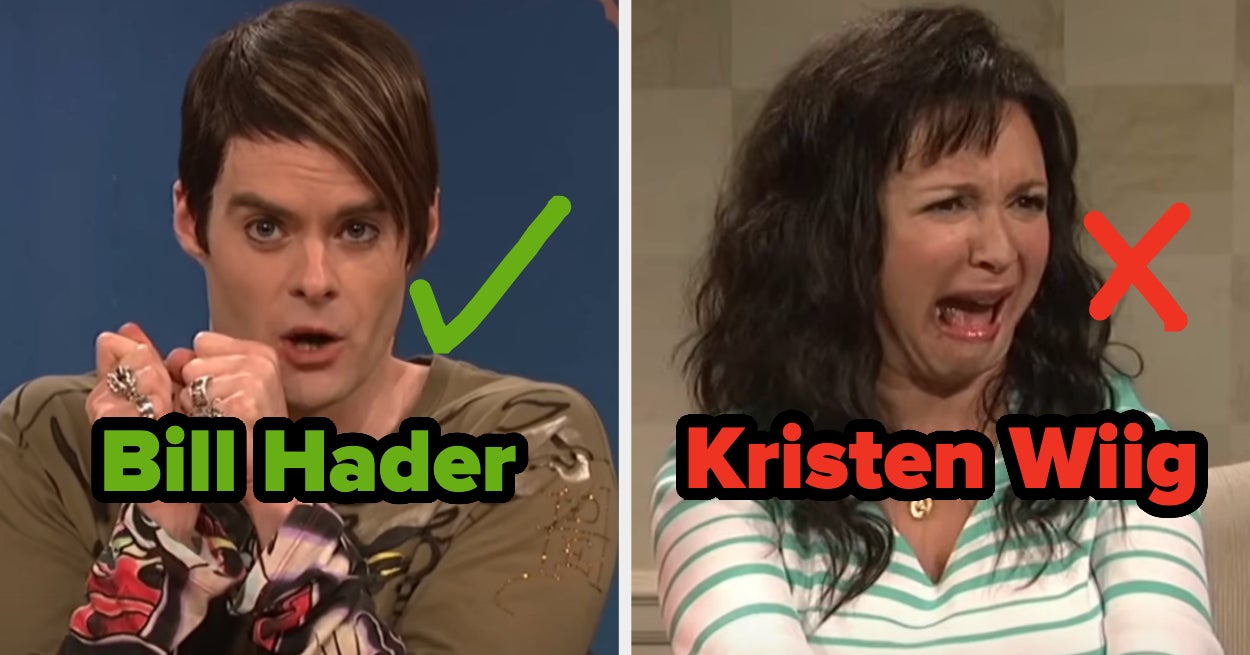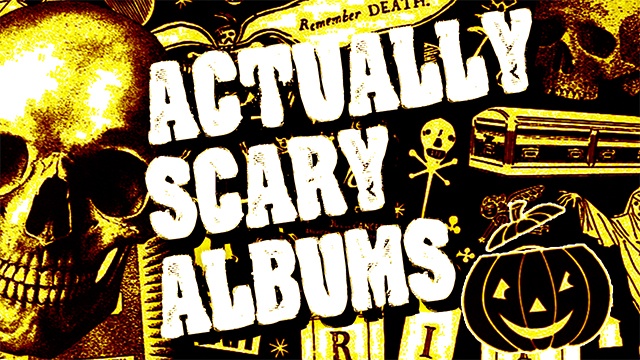
Halloween parties now come with a built-in soundtrack. You’ll hear the prerequisite “Thriller” from Michael Jackson, “Werewolves of London” by Warren Zevon and probably Donovan’s “Season of the Witch.” There are the kitchy classics “Monster Mash” and the Addams Family theme, and some annoying head-scratchers like “Frankenstein” by Edgar Winter (a hard rocker titled as such because it glued together a bunch of different song ideas) and “Zombie” by the Cranberries (indeed about horrible things, but not exactly spooky szn themed).
We here at AllMusic wanted to do the real work and reveal the albums that actually scared us. Brooding themes and stark instrumentation. Real (perceived) devil worship and horrifying abandonment. Stabbing strings and haunting vocals. Psycho mansions and Lux Interiors. These are the themes of the recordings we’ve chosen to showcase: Actually Scary Albums.
The Dead Sea – Xela
Ever since I first heard Xela’s The Dead Sea in 2006, it’s been required listening for spooky season. An instrumental concept album about a sea voyage overtaken by zombies, it’s equally inspired by Wolf Eyes‘ unearthly electronic noise and Goblin‘s scores for Dario Argento‘s gory classics — and completely unsettling in its own right. As decaying folk gives way to inhuman textures that squelch, writhe, and wail, Xela’s gift for unforgettable atmospheres reigns supreme, creating a bleakly beautiful sense of dread that couldn’t be more perfect for this time of year. – Heather Phares
Chair Beside a Window – Jandek
Dropping the needle anywhere in the 100+ album discography of legendary outsider music figurehead Jandek will likely offer something atonal and unsettling, but there are certain Jandek moments that move past standard dissonance to create an atmosphere that feels almost supernaturally chilling. “Down in a Mirror,” the opening track from his fourth album, 1982’s Chair Beside a Window, is one such moment. Over a haunted electrical hum and his standard anti-tuned acoustic guitar, Jandek mutters “We can’t deny there are spirits in this house / You shut the door, the wind closes two more.” It’s a banal, emotionless description of a life in haunted house with no camp to dull the song’s bland, defeated terror. It’s one of several Jandek creations where he stretches loner folk into infinity, zeroing in on a very specific brand on isolation and solitude that’s all the more menacing in its quiet suggestion that the song’s weird, enveloping emptiness might never end. – Fred Thomas
Psycho [Complete Original Motion Picture Score] – Bernard Herrmann / Joel McNeely
Halloween is the perfect time to reflect on what scares you: ghosts, ghouls, goblins, death, decay, and anything in the text (or metatext) of Jay-Z‘s verse on “Monster.” For my money, Alfred Hitchcock’s Psycho is still one of the scariest movies ever made: a study in unexpected doom, and the exacting pains and panic of mental illness in America. But I’m also an archival music nerd, so what’s just as scary is that Bernard Herrmann’s iconic, strings-only score to the film – named the fourth-greatest film score by the American Film Institute – has never been released in any official capacity. Better to shudder at this masterful late ’90s re-recording, featuring the Royal Scottish National Orchestra under the baton of Joel McNeely…and maybe keep the shower curtain open if you’re listening in there. – Mike Duquette
Scar Sighted – Leviathan
While this certainly isn’t the scariest album ever written, it is the most unnerving, disturbing, and evil thing I’ve had to cover here at AllMusic. Setting aside the legal and moral issues surrounding the artist around this time, it’s clear that he was in a certain headspace during the recording of Scar Sighted. Heartwarming cuts like the title track and “Dawn Vibration” send shivers down my spine, nightmare howls that I’d not like to hear emanating from any space, while “Gardens of Coprolite” could be a perfect soundtrack to a torture session where my eyelids were held open with toothpicks and graphic images were shown at hyperspeed on a projector screen in front of me. That being said, I appreciate this horror for what it is, even if I never want to hear it again. – Neil Z. Yeung
Everywhere at the End of Time: Stages 1-3 – The Caretaker
I can’t think of anything more bone- and brain-chillingly spooky than the Caretaker’s six-album series Everywhere at the End of Time. A project meant to reflect the decaying effects of dementia as represented through manipulated samples of Leyland Kirby‘s vast collection of big-band 78’s, it’s also profoundly sad. The albums were released between 2016 and 2019, although I started with 2017’s crackling and popping Stage 2, a “Halloween-level” chapter that remains my favorite to listen to on its own, before the downward spiral gets more intense, eventually reaching what Kirby described as “totality.” – Marcy Donelson
The Thing [Original Motion Picture Soundtrack] – Ennio Morricone
John Carpenter is known for composing the brooding and moody soundtracks to his own horror films (cue the Main Theme from Halloween), so it is a bit of a surprise that he enlisted the multi-talented but spaghetti western-associated composer Ennio Morricone to score his snowbound alien invasion film. Surprisingly, the sprawling desert sounds of isolation that Morricone is famous for works in this barren environment as well. Stark woodwinds and sparse electronics lay a foundation of dread and chilling expectation with only a few stabs of violent string orchestration. Much like the film itself, the score is a slow, icy burn with prolonged dark passages of foreboding anticipation. – Zac Johnson
Songs the Lord Taught Us – The Cramps
The Cramps were a band born for a Halloween party, with classic low-budget horror movies informing many of their best songs. This was particularly true of their debut LP, 1980’s Songs the Lord Taught Us, which sounds joyously creepy and impressively sinister from front to back as Poison Ivy peels of twangy leads, Bryan Gregory responds with buzzy dissonance, Nick Knox keeps the beat strong and minimal, and Lux Interior goes howlingly, gloriously mad on nearly every track. “I Was a Teenage Werewolf,” “Zombie Dance,” and “TV Set” deserve a place on any good Halloween mixtape, and the band’s “Voodoo Rockabilly in the Key of Death” is tailor made for a hepcat’s haunted house. – Mark Deming
Treetop Drive – Deathprod
Helge Sten‘s first solo album is easily my default pick for music that keeps me awake and alarmed at night. The opening track starts out with evenly paced loops of sorrowful strings, and it’s dark and eerie enough, but then the nails-on-chalkboard strings and noise washes come in, and I feel like something invisible is coming for my soul. I love it dearly though, it’s like a beautiful torture chamber, as gruesome as that sounds. – Paul Simpson
MirrorMask [Original Motion Picture Soundtrack] – Iain Ballamy
For a spooky, eerie, and bizarre cover of a classic love song, listen to “Close to You” on the soundtrack for MirrorMask. Without the visuals (or maybe even with them) of the film based on a Neil Gaiman story, it is something twisted and otherworldly. It combines the soft and breathy vocals of Josefine Cronholm with halting, mechanical, and dissonant instrumentals for a strange take on The Carpenters‘ hit. – Patsy Morita
Suicide – Suicide
Suicide were calling their music punk rock when Johnny Rotten was still in grade school, and their early music sounded like practically no one else. Alan Vega‘s addled Elvis vocalizings and gritty street poetry was soaked in reverb and squared off against Martin Rev‘s low-budget electronic backdrops, and the result was a minimalist onslaught that was powerfully intense. The ten minute “Frankie Teardrop” is the centerpiece of the self-titled 1977 debut album, and it’s one of the most unnerving, genuinely frightening pieces of music you’re ever likely to hear. Have you ever been awakened in the middle of the night by a sound you can’t name that puts you into a cold sweat? This album feels just like that. – Mark Deming
Shout at the Devil – Mötley Crüe
Being a kid in the ’80s was all about dares and scares. When I was maybe seven or eight years old, my older brother handed me his Sony Walkman and dared me to go into his closet, turn off the light, and listen to a song he had cued up. Over a cold wind and eerie choral samples a distorted voice began speaking: “in the beginning good always overpowered the evils or all man’s sins…” It was the intro to Mötley Crüe’s pentagram-adorned glam metal classic Shout at the Devil and it creeped me out like nothing else. – Timothy Monger
Requiem – György Ligeti
The fourth movement of Romanian composer György Ligeti’s Requiem “Kyrie” is not simply one of the most oppressive and terrifying works of music, it’s also one of the most recognizable. A virtuoso of microtonal symphonic string and witch choir harmonies, the piece, composed between 1963 and 1965, has the sustained resonance of drawn out scream; a cinematic moment of Hitchockian suspense and rising dread, like the shower scene from Psycho chopped and screwed on infinite loop. If the raised hair on the back of your neck is also oddly tinged with a nauseating sense of deja vu, don’t fret, “Kyrie” was used to iconically horrifying effect by director Stanley Kubrick in his classic 1968 sci-fi head-trip 2001: A Space Odyssey for the scene where the astronauts first encounter the dark monolith on the moon. – Matt Collar
The Big Day – Chance the Rapper
Chance’s The Big Day is a certified horror-show of an album delivering two scary truths:
1. your favourite artist can, at any point, creatively combust.
2. your relationship probably isn’t as interesting to everyone else as you think it is.
~Hot damn, hot water, hot garbage~ (sorry Chano, looking forward to the Chance 4 redemption arc.) – David Crone
This is it. This is the complete list and there can be no additions because we’ve thought of everything. Unless YOU have something to contribute, hmmmmm?
MUA-HA-HA-HA-HA-HA-HA-HA
⁽ᵉⁿᵈ ᵉᵛᶦˡ ˡᵃᵘᵍʰᵗᵉʳ⁾

